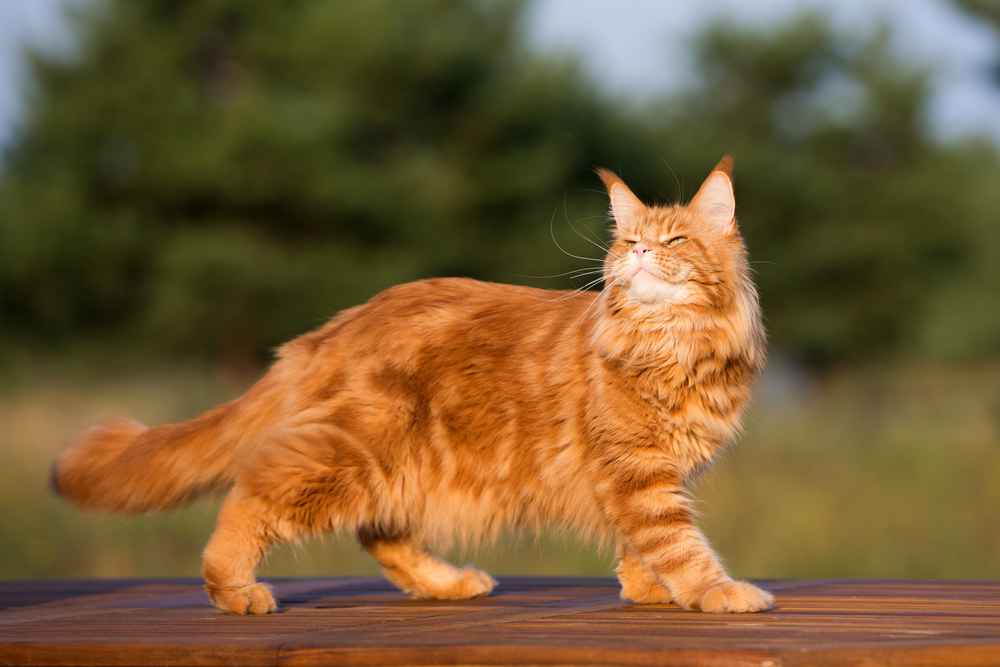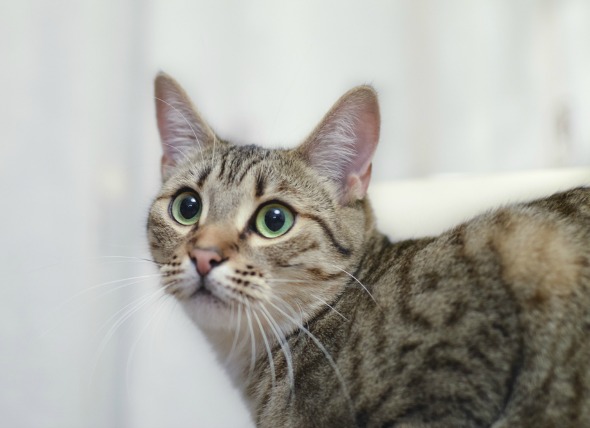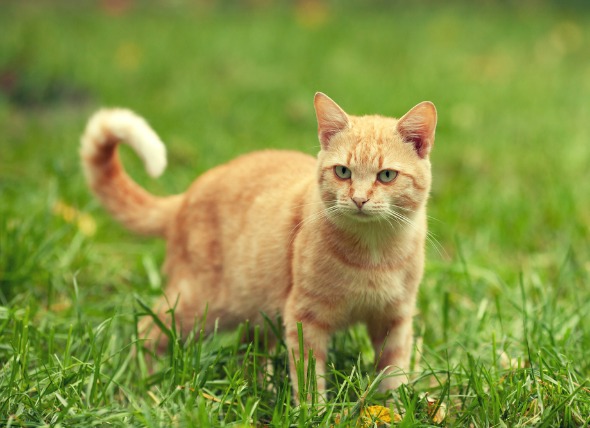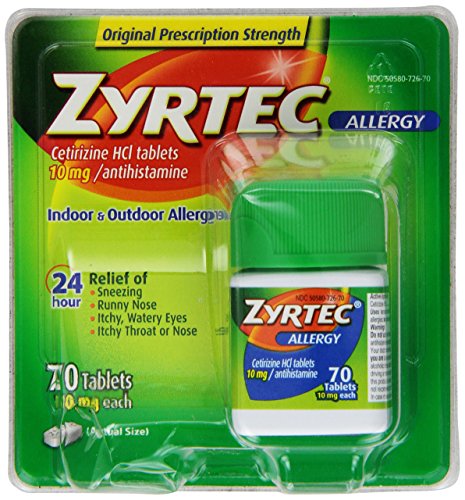

Tremors are involuntary, repetitive muscle movements that alternate between contraction and relaxation, usually involving either rapid or slow movements (twitching) of one or more body parts. The tremors can occur in any part of the body.
Involuntary tremors may be seen in almost any part of the body in an affected cat. The tremors may be localized, in one area, or generalized throughout the body. Localized cases usually affect the head or hind limbs.
Your veterinarian will perform a complete physical exam on your cat after taking a complete medical history, including a background history of the symptoms and the time of onset, and possible incidents that might have led to this condition. Routine laboratory examinations include a complete blood count, biochemistry profile, urinalysis and electrolyte panel.
If brain disease is the primary cause of the tremors, the laboratory tests are usually found to be normal. In metabolic diseases, the biochemistry profile may indicate lower than normal levels of glucose (hypoglycemia), lower than normal levels of calcium (hypocalcemia), and abnormal kidney functions.
Other diagnostic tests will include X-rays, computed tomography (CT-Scan), and magnetic resonance imaging (MRI), especially in cases where the pelvic limbs are affected. These tests may reveal abnormalities in the posterior portion of the spinal cord and vertebrae. In some animals, cerebrospinal fluid, or CSF, is also taken for further testing. The results will vary depending on the primary disease underlying the external symptoms.
As tremors are merely a symptom of an underlying and often unseen problem, the major goal of therapy will involve treating the underlying disease or disorder. The laboratory tests will help your veterinarian to establish a diagnosis for proper treatment. There are a number of causes that can lead to tremors in affected animals. Some conditions are treatable, while some others have no treatment available.
If a drug is responsible for this condition, your veterinarian will recommend an alternative drug to prevent tremors. If intoxication is suspected, removal of the toxin from the environment will be necessary to prevent further exposure to the same toxin. The toxin may be related to a chemical substance that your cat has easy access to, a poison, or a toxic plant that has been chewed and ingested. In some cases, an antidote may be available for the poison, if that is the finding.
If the tremors are related to a disease or disorder of the nervous system, surgery may be indicated to treat the primary nervous system disease. To control the symptoms of tremors, your veterinarian may recommend drugs to control the muscles' movements.
Over excitement and strenuous exercise should be avoided, as these activities may exacerbate your cat's symptoms. Exercise should not be entirely avoided, but should be gentle and low impact. The overall prognosis of this disease largely depends on the successful treatment of the underlying disease. However, most causes of tremors in cats are treatable. Good patient monitoring is required during the treatment phase. Consult your veterinarian if symptoms worsen despite the prescribed therapy.
 Inflammation of the Middle and Inner Ear in Cats
Otitis Media and Otitis Interna in Cats
Ot
Inflammation of the Middle and Inner Ear in Cats
Otitis Media and Otitis Interna in Cats
Ot
 Skin Cancer (Squamous Cell Carcinoma) in Cats
Cutaneous Squamous Cell Carcinoma in Cats
The epi
Skin Cancer (Squamous Cell Carcinoma) in Cats
Cutaneous Squamous Cell Carcinoma in Cats
The epi
 Fluid in the Lungs in Cats
Pulmonary Edema in Cats
Pulmonary edema refers to
Fluid in the Lungs in Cats
Pulmonary Edema in Cats
Pulmonary edema refers to
 Fungal Infection (Malassezia pachydermatis) of the Skin in Cats
Malassezia Dermatitis in Cats
Malassezia pachyder
Fungal Infection (Malassezia pachydermatis) of the Skin in Cats
Malassezia Dermatitis in Cats
Malassezia pachyder
 Breeds of Hypoallergenic Cats
1 in 10 people suffer from p
Breeds of Hypoallergenic Cats
1 in 10 people suffer from p
Copyright © 2005-2016 Pet Information All Rights Reserved
Contact us: www162date@outlook.com